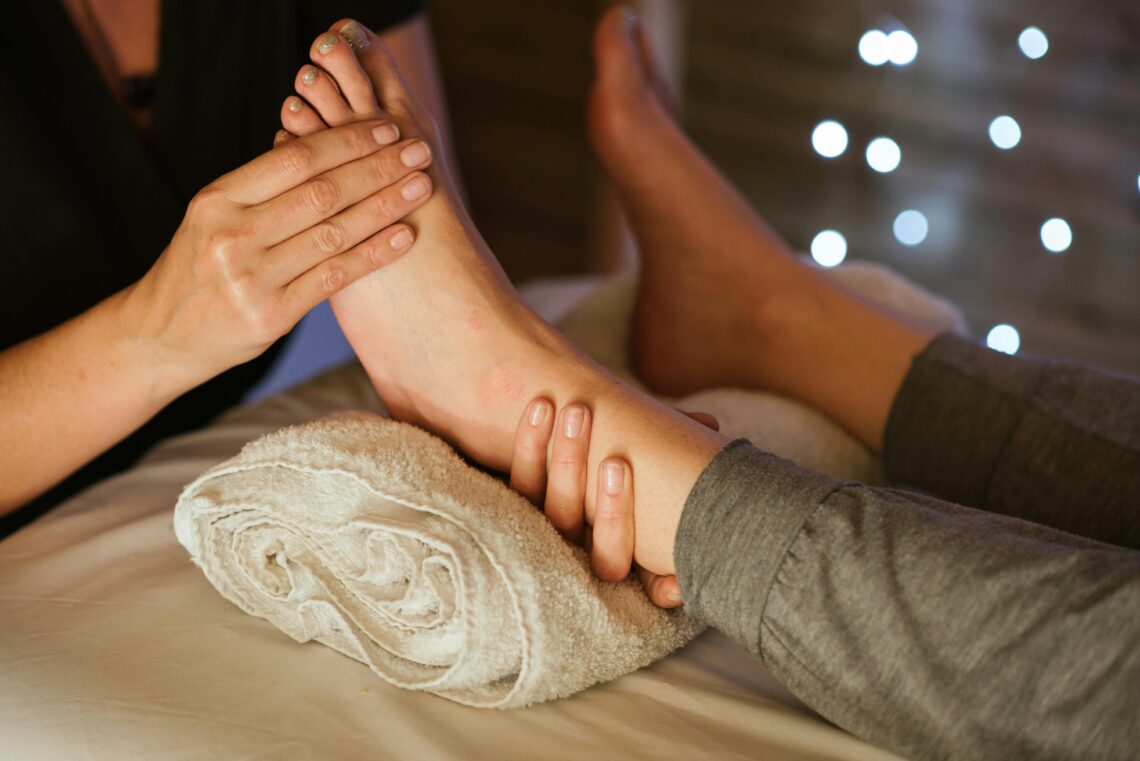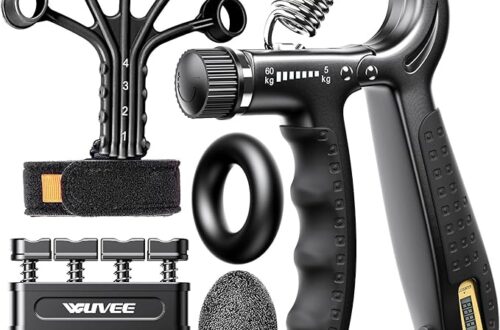Massage therapy, a practice rooted in ancient healing traditions, is emerging as a powerful tool in modern stroke rehabilitation. For stroke survivors, the journey to recovery is often long and arduous, involving a blend of physical therapy, occupational therapy, and psychological support. Amidst these traditional treatments, massage therapy offers a unique and holistic approach to aiding recovery. This article explores the multifaceted benefits of massage therapy for stroke survivors and how it can be integrated into their rehabilitation regimen.
Physical Benefits of Massage for Stroke Survivors
One of the most significant benefits of massage therapy for stroke survivors is its ability to improve blood circulation. Enhanced circulation is crucial as it helps deliver essential nutrients and oxygen to damaged tissues, promoting healing and reducing muscle stiffness. For many stroke survivors, muscle spasticity and rigidity are common issues that hinder movement and daily activities. Regular massage can alleviate these symptoms by relaxing tense muscles and improving overall flexibility.
Pain management is another critical aspect where massage therapy proves beneficial. Stroke survivors often experience chronic pain, which can impede their rehabilitation progress. Massage therapy helps manage pain by stimulating the release of endorphins, the body’s natural painkillers, and reducing inflammation. This pain relief allows survivors to engage more actively in other rehabilitation exercises, enhancing their overall recovery process.
Psychological and Emotional Benefits
The impact of a stroke extends beyond physical limitations; it also affects mental and emotional well-being. Massage therapy addresses these aspects by promoting relaxation and reducing stress. The gentle, soothing touch of massage can significantly lower cortisol levels, the body’s primary stress hormone, creating a calming effect. This stress reduction is particularly beneficial for stroke survivors, who often experience heightened anxiety and emotional distress.
Furthermore, massage therapy can help alleviate symptoms of depression and anxiety, common conditions among stroke survivors. The physical touch and human connection involved in massage can foster a sense of comfort and security, combating feelings of isolation and loneliness. This emotional support is essential in boosting the overall morale and motivation of stroke survivors, contributing positively to their mental health and recovery journey.
Improving Sleep and Quality of Life
Sleep disturbances are a frequent issue for stroke survivors, often exacerbating other symptoms and slowing down recovery. Massage therapy can improve sleep quality by promoting relaxation and reducing muscle tension. Better sleep leads to improved energy levels, mood, and overall well-being, all of which are vital for effective rehabilitation.
The combined physical and psychological benefits of massage therapy contribute to an enhanced quality of life for stroke survivors. Regular massage sessions can help survivors regain a sense of normalcy and independence, enabling them to enjoy a better quality of life despite the challenges posed by their condition.
Integrating Massage Therapy into Stroke Rehabilitation
To effectively incorporate massage therapy into stroke rehabilitation, it is essential to work with licensed massage therapists experienced in treating stroke survivors. These therapists can tailor massage techniques to address the specific needs and limitations of each individual. Commonly used techniques include Swedish massage, which is gentle and promotes relaxation, and neuromuscular therapy, which targets deeper muscle layers to relieve chronic pain.
Collaboration with the broader rehabilitation team, including physical and occupational therapists, ensures a cohesive approach to recovery. Combining massage therapy with traditional rehabilitation methods can maximize the overall benefits and accelerate the recovery process.
Conclusion
Massage therapy offers a multitude of benefits for stroke survivors, addressing both physical and psychological aspects of recovery. By enhancing circulation, reducing pain and muscle tension, lowering stress levels, and improving sleep, massage therapy can significantly contribute to a holistic rehabilitation process. For stroke survivors seeking to enhance their quality of life and speed up their recovery, massage therapy can be an invaluable addition to their rehabilitation regimen.
Online Sources and FAQ
Sources:
- American Stroke Association: Stroke Rehabilitation
- National Institute of Neurological Disorders and Stroke: Stroke Rehabilitation Information
- Mayo Clinic: Stroke Rehabilitation: What to Expect
- American Massage Therapy Association: Massage and Stroke Rehabilitation
FAQ:
Q: How does massage therapy help with stroke rehabilitation? A: Massage therapy improves blood circulation, reduces muscle stiffness, alleviates pain, lowers stress levels, and enhances overall emotional well-being, all of which are beneficial in stroke recovery.
Q: Is massage therapy safe for all stroke survivors? A: While generally safe, it’s essential for stroke survivors to consult with their healthcare providers and work with licensed massage therapists experienced in post-stroke care to ensure the therapy is tailored to their specific needs.
Q: How often should stroke survivors receive massage therapy? A: The frequency of massage therapy sessions can vary based on individual needs and recovery goals. It’s best to discuss a suitable schedule with a licensed massage therapist and the broader rehabilitation team.
Q: Can massage therapy replace traditional rehabilitation methods? A: No, massage therapy should complement, not replace, traditional rehabilitation methods such as physical and occupational therapy. A combined approach can offer the best results for stroke recovery.
Q: What types of massage are most effective for stroke survivors? A: Techniques like Swedish massage for relaxation and neuromuscular therapy for deeper muscle relief are commonly used and effective for stroke survivors. The therapist will tailor the approach to suit individual needs.





